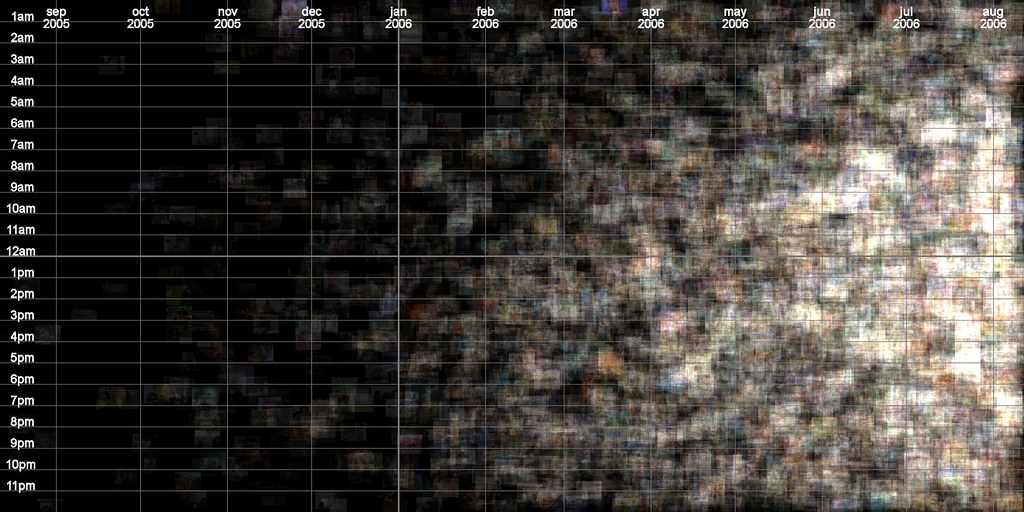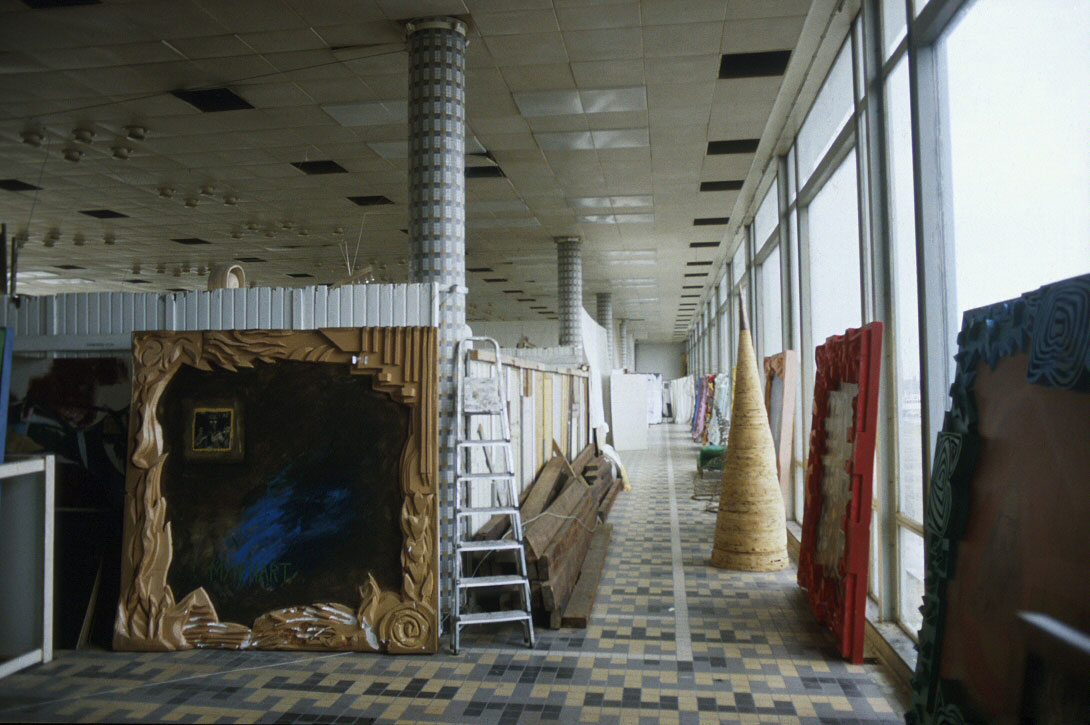Media: Julia, Dylan, ClintTheir interests are in media & technology, and their questions are, as taken from their presentation:How primarily do the Dutch interact with their news and commercial media?
AND
How has this shaped the commercial structure and mediums of the industry?
(...and vice versa?)
It might be easier to have one large group question, something along the lines of "What are the interactions/relationships between the Dutch people and the Dutch media?" Within the question, each person can have their own research interest, and sub-question, which seems sort of the way they were heading, but more refining would be helpful.
I am glad they realized their scope is huge and support the idea of doing a case study.
On a side note, it would also be interesting to see what language media is presented in and what that indicates about their audience.
I am pretty excited for this team, since one is very much a tourist, and the other is much more of a native. Their question, as far as I understand is, is broken up into three parts:
How do the tourist and natives differ within the tourist industry?
How do the natives differ amongst themselves?
How do the tourists differ amongst themselves?
I'm assuming the last two questions are studying how each different amongst themselves in the tourist industry as well.
What worried me most was that they had a list of 12 touristy places to look at, and so I totally agree with whoever's suggestion it was to focus on something specific, like the canal.
My other concern is with the questions of how natives/tourists differ amongst themselves. I'm not sure what you would learn from these questions. Would you be studying the demographics of tourists/natives, which seems pretty superficial, or how their perceptions are shaped by where they're from, which seems so complicated it could be a whole project in itself... and can you provide a well-rounded study if there are ethnic groups/tourist groups that you were not able to interview? Maybe you can focus on perceptions of a certain tourist/native group, for example, the Brits. I do recall coming across a lot of mentions of how the Brits always seem to come over to smoke pot and nothing more.
Basically, I would rather see a more in depth project regarding one of the three questions. After all, there is so much being considered, a solid project could arise from focusing on any one aspect.
Kelsey's question:
Does the design of a structure [i blame my messy handwriting, can you fill this in for me?] the individuals who visit?
AND
Is there a central theme based on location (an Amsterdam-style?) that may/may not transcend what/who/when it was built?
I'm a fan of the environmental design question. If not focusing on a specific building, it might also be interesting to focus on things such as so-called "green" buildings, historical preservation, or even how structures accommodate certain distinctive aspects of urban-Dutch culture, like bicycles.
Jenny's question:
How does the context/layout of shopping centers reflect the "personality" of the people who shop there or neighborhood its located in?
AND
How is "culture" formed?
AND
In what ways does the city use these centers to propagate their messages?
I feel like there's a lot in these questions brought up during the presentation. I'm not quite sure how well the second question fits in with the other two. It might be worth considering studying the personality/image of one particular shopping center/street and how it is propagated.
Branding/Advertising: Eddy, Katherine, & Haylee
Eddy: Store Tourism
How do stores in Amsterdam attract the types of people that go to them through aspects such as general ambiance, decoration, merchandise, choice of employees, and layout?
My first thought was how this could be studied in any urban context, but if one specific subculture/store was chosen for a case study, this might be more interesting. The issue of gender was also brought up in order to tie this project with the rest of the group's. This seems like a promising avenue to explore since there probably are quite a few stores that cater to a specific gender within a specific subculture/fashion type.
Katherine: Gender rules & fashion
How does Amsterdam couture/fashion style communicate, project, and reflect the image and identity of individuals in relation to gender, class, social group?
I think this can be very interest. What concerned me was that most of her project seemed to be based on observations of stores and people coming in/out of those stores. I think this question requires a lot of conversation/interviews with people, those that wear the styles, and also those that create those styles. Also, the question identifies three areas: gender, class, social group. These are so large that I would suggest focusing on just one, and maybe a sub-category within one.
Haylee: Women in advertising & culture
How does the portrayal of women in advertising reflect Dutch culture?
I can't wait to see what the conclusions are for this question, but I don't really have too much to say about this question. If Eddy and Katherine both end up narrowing their focus onto a specific group/subculture, I would encourage the same for Haylee, otherwise, studying the mainstream advertising seems like a pretty good arena.




